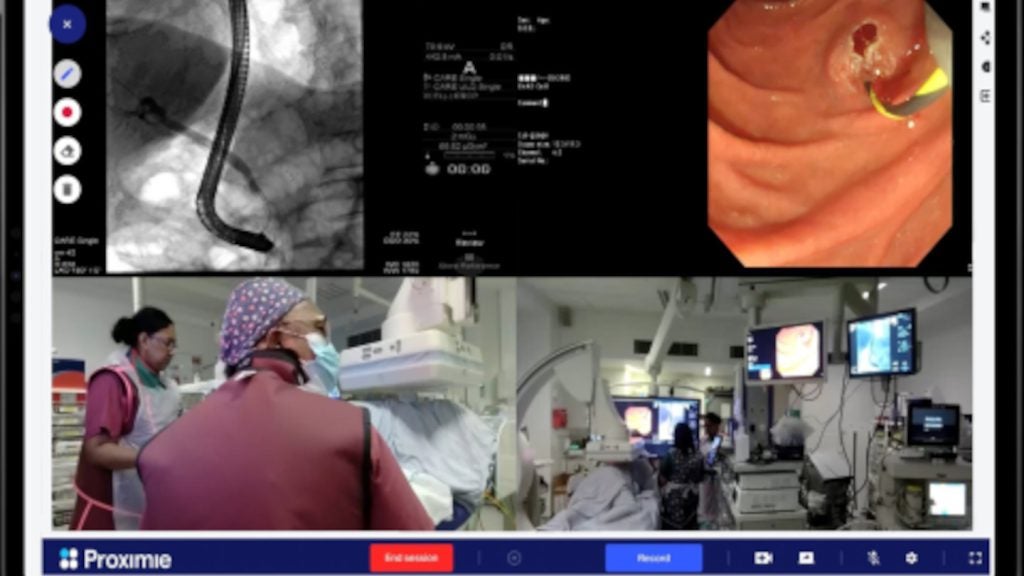US Army general John Campbell, who leads international forces in Afghanistan, said that human error, procedural missteps and technical failures have contributed to the hospital attack in Afghanistan.
The hospital was run by Medecins Sans Frontieres (MSF), also known as Doctors Without Borders.
The US carried out an investigation into the incident that killed 30 people and wounded 37 in Kunduz. It showed the attack on the trauma centre was a direct result of human error, compounded by systems and procedural failures.
Campbell said: "This was a tragic but avoidable accident caused primarily by human error.
"The US forces directly involved in this incident did not know the targeted compound was the [Doctors Without Borders] trauma centre.
"The medical facility was misidentified as a target by US personnel who believed they were striking a different building several hundred metres away where there were reports of combatants."
How well do you really know your competitors?
Access the most comprehensive Company Profiles on the market, powered by GlobalData. Save hours of research. Gain competitive edge.

Thank you!
Your download email will arrive shortly
Not ready to buy yet? Download a free sample
We are confident about the unique quality of our Company Profiles. However, we want you to make the most beneficial decision for your business, so we offer a free sample that you can download by submitting the below form
By GlobalDataHe further noted Afghan troops in Kunduz, which were supported by US special operations forces, were under heavy Taliban attack for five days and nights.
The report also showed personnel who requested the strike and those who executed it from the air did not undertake the appropriate measures to verify the facility was a legitimate military target.
The general noted on 2 October, Afghan special operations forces advised their US support they intended to conduct a clearing operation that night and one of the mission objectives was to clear the National Directorate of Security headquarters building, which was believed to be occupied by insurgents.
Campbell said: "The Afghans requested US close-air support as they conducted their clearing operation.
"The AC-130 aircraft designated to provide close-air support launched 69 minutes early in response to a ‘troops-in contact situation’, an emergency that requires an immediate response.
"This precluded the crew from receiving their normal mission brief or securing crucial mission-essential related materials, including the no-strike designations, which would have identified the location of the trauma center."
It was reported that during the flight, electronic systems onboard the aircraft malfunctioned, preventing the operation of an essential command and control capability. It also eliminated the ability of the aircraft to transmit video, send and receive e-mail or send and receive electronic messages.
The report found the US SOF commander relied primarily on information provided by Afghan partners and was unable to adequately distinguish between the NDS headquarters building and the trauma centre.
The investigation showed the approximate cause of this tragedy was a direct result of avoidable human error compounded by process and equipment failures.







